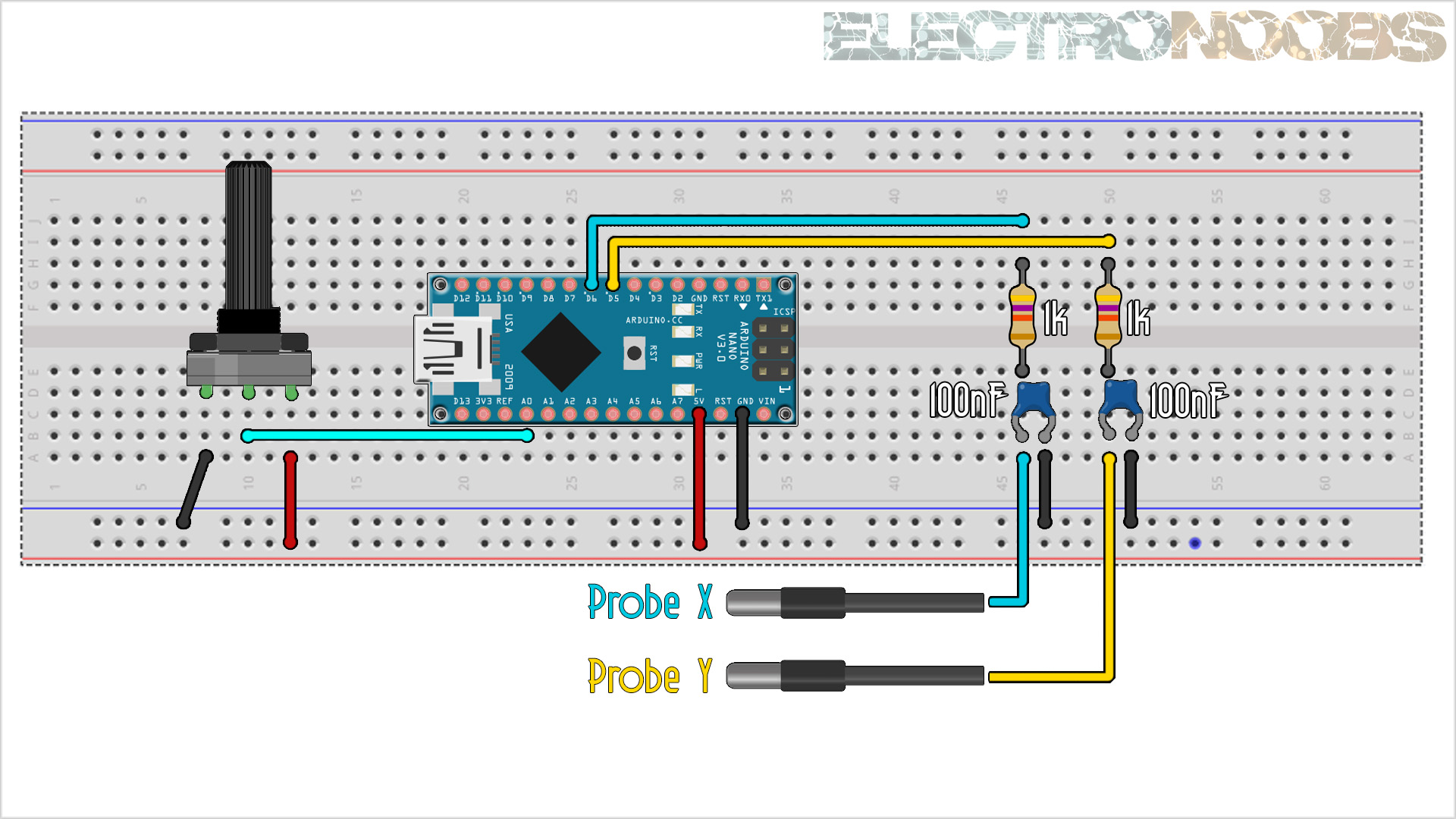
Way we can increase and decrease the brightness level of an LED. Which was updated as 45 previously will become brightness = 45 - 5 = 40. When we press the fade button second time the value of brightness We press the fade button first time then brightness value will be brightness =ĥ0 - 5 = 45. Of incrementing the value of brightness by 5, we will decrement it by -5. When we want to fade the LED then we will same logic instead In analogWrite() function such as analogWrite(ledpin, In such way brightness value will be pass Third time the value of brightness which was updated as 10 previously willīecome brightness = 10 + 5 = 15. Will become brightness = 5+5 =10, when we again press the brightness button Value of brightness is 0 so when we press the brightness button first time thenīrightness value will be brightness = 0 + 5 = 5, when we press the brightnessīutton second time the value of brightness which was updated as 5 previously Value is HIGH then then we will add +5 in brightness. In void loop we store the value of brightness button in variable nameīright value and fade button in variable name fade value. We want to create an LED Light dimmer using a push button so we have declared brightness value as 0 by default. We have declared a baud rate of 115200, two push button as INPUT and LED pin as OUTPUT. Here we have declared a led pin and two push button which is connected at pin number 11, pin 9 and pin 8 of Arduino. We have initialize two variable for storing status of twoīutton. Simple Automatic LED Light Dimmer using Arduino Set output voltage means power deliver to the load 2.5v means we have to passġ28 in analogwrite(ledpin, 125). analogWrite() takes 0 to 255 integer values whereas in digitalWrite() we can only set the output voltageġ (5v) or HIGH and 0(0v) or LOW. By usingĪnalogWrite() we can easily controlled the output power between 0v to 5vĮxample 1.5v or 2.5v etc. the digital pin having ~ symbol on Arduino boards are PWM pin. Only digital pin having PWM output can access analogWrite()įunction.

analogWrite() functions are not accessibleīy all digital pin. ON or logic 1 whereas digitalWrite(ledpin, LOW) is considered as turn OFF or digitalWrite(ledpin, HIGH) is considered as turn In digitalWrite() we can assign only 5v (ON) or 0v (OFF). This was the conflicts and due to board design the outputs can not be changed.Difference between digitalWrite() and analogWrite() in Arduino?ĭigitalWrite() is use with digital pin (0 to 13) of Arduino toĬonfigure these pin for output operation. So for this interrupt timer1 was required which is the only 16 bit timer available in Arduino Nano. In the same use-case a timer was also required to tick every 4 seconds. I was in a situation where pins 9 and 10 were used as PWM outputs.

The PWM means, changing the average energy of the signal by. Arduino does not have DAC (Digital to Analog Converter) capability, but in place of DAC it is having PWM (Pulse Width Modulation) capability.

Fading mainly uses analogWrite function on Analog Output Pins of Arduino Board.
#Arduino analogwrite code
Here is the way to switch between a timer and PWM. Arduino LED Fade Code is used to test the PWM feature of board. In some use-cases you might want to switch between Timer and PWM functionality. Switching between Timer and PWM functionality These outputs can not perform analogWrite. So, if you are using a timer (for some other purpose like generating timer interrupts) corresponding pins cannot generate PWM output. The relation between timers and PWM outputs is: Pins 5 and 6: controlled by timer0 Pins 9 and 10: controlled by timer1 Pins 11 and 3: controlled by timer2 Arduino Nano has 3 Timers and 6 PWM output pins. There is a fixed relation between the PWM outputs and the timers available in Arduino.


 0 kommentar(er)
0 kommentar(er)
